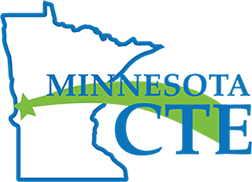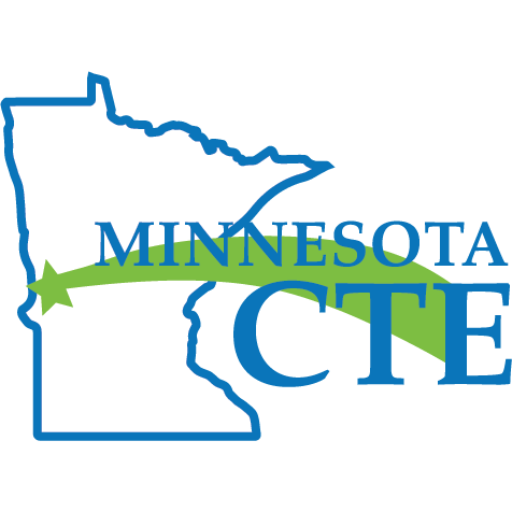Resources and guidance for Minnesota’s Career and Technical Education teachers and programs.
We offer free guidance, resources, and curriculum for teachers in Minnesota preparing students for careers in agriculture, business, communications, construction, health science, human services, manufacturing, transportation, and more.

Guidance and FAQs
- CTE Policy 101
- CTE Licensure 101
- Job Posting Guidance
- Credit Equivalency
- Funding and Grant Tips
- Work-Based Learning 101
Perkins

Content-Specific Resources
- Agriculture, Food, & Natural Resources
- Business & Marketing
- Family & Consumer Sciences
- Health Science Education
- Trade & Industry
- Administrators

CTE Curriculum Drive
Free curriculum developed by Minnesota CTE teachers, for Minnesota CTE teachers.

On-Demand Workshops
Recorded, on-demand workshops on topics from CTE revenue and Perkins funding to MDE program approval and Minnesota licensure. Available anytime for when you need it.


